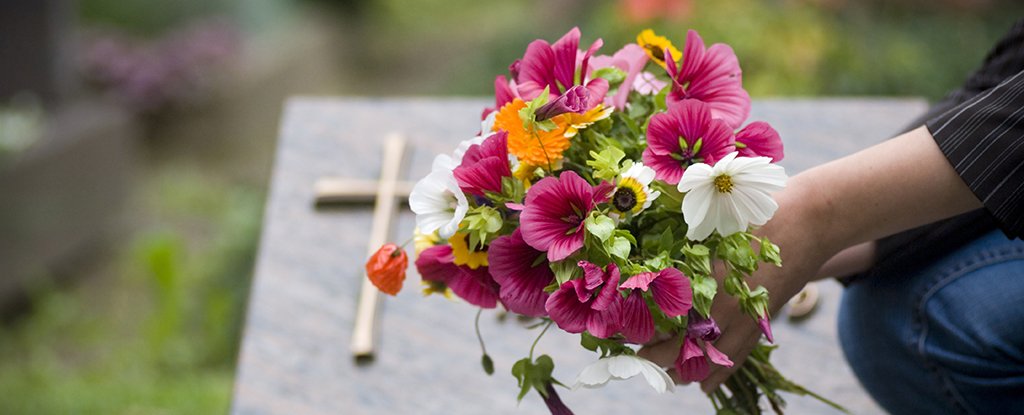Products You May Like
Many of us hang on to keepsakes from loved ones who have died, and new research suggests that this habit is deeply human – and thousands of years old.
The newly published study on this subject focuses on ‘deliberately deposited objects’ or ‘problematic stuff’ – items dug up by archaeologists that wouldn’t normally be there but have been deliberately placed, like possessions put into a burial tomb, for example.
Archaeologist Lindsey Büster, from the University of York in the UK, argues that some of this ‘problematic stuff’ could be mementos kept as reminders of people who have passed away – and that archaeological artifacts would often have had emotional value attached to them that we don’t think about enough today.
“My work uses archaeology to open up discussions around death, dying and bereavement in contemporary society, demonstrating that even the most mundane objects can take on special significance if they become tangible reminders of loved ones no longer physically with us,” says Büster.
As a case study, the research points to the Iron Age Scottish fort settlement of Broxmouth (640 BCE to 210 CE). Here, everyday items including quernstones (for grinding grain) and bone spoons have been found embedded in building walls – and were most likely deliberately placed there.
These apparently cached objects are not uncommon, and Büster suggests the people of the time may have been reluctant to throw them away because of the link they had to someone who had died. Today, even the most mundane items can take on special significance after a bereavement.
Objects that are no longer useful or desired, but which have sentimental value and therefore are emotionally difficult to throw away, could account for many more items discovered at archaeological digs than previously thought, according to the study.
“It is important to recognize the raw emotional power that everyday objects can acquire at certain times and places,” says Büster.
“Archaeologists have tended to focus on the high material value or the quantity of objects recovered and have interpreted these as deposited for safekeeping or gifts to the gods.”
 An Iron Age roundhouse at Broxmouth. (Broxmouth Project Archive)
An Iron Age roundhouse at Broxmouth. (Broxmouth Project Archive)
In the example of Iron Age Britain, where the burial of bodies wasn’t common, embedding objects associated with the dead into buildings and other sites and hoards may well have been a way of creating ‘invisible’ graves, Büster says.
For at least some of the dwellings at Broxmouth, it looks as though depositing objects in walls acted as a form of tribute to the people who had previously been living there – though it’s difficult to know for sure from the evidence we have.
While grief and bereavement are handled differently by different societies, Büster puts forward the idea that seeing some objects as mementos of lost loved ones could be a useful way of viewing parts of the archaeological record.
“Archaeologists tend to caution against the transplanting of modern emotions onto past societies, but I suggest that the universality of certain emotions does allow for the extrapolation of modern experiences onto the past, even if the specifics vary,” says Büster.
The research has been published in Antiquity.
